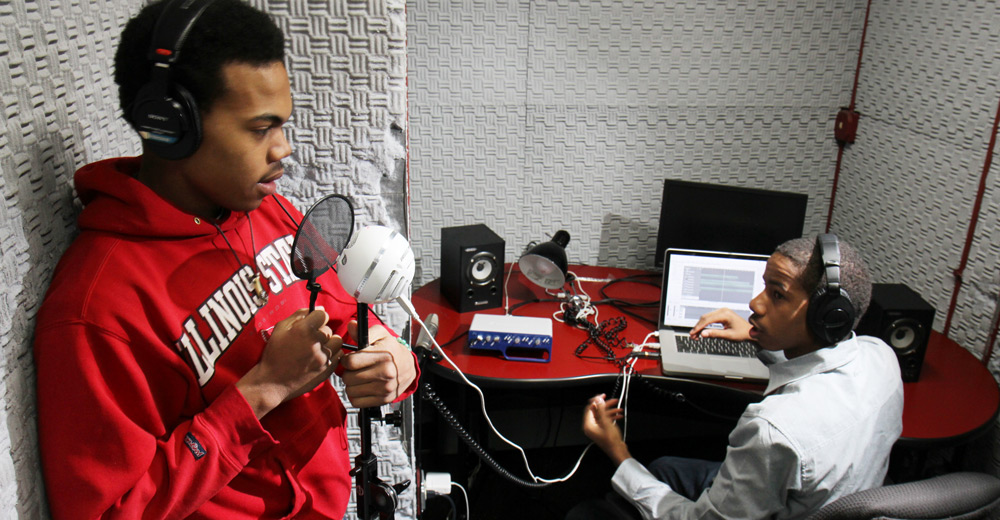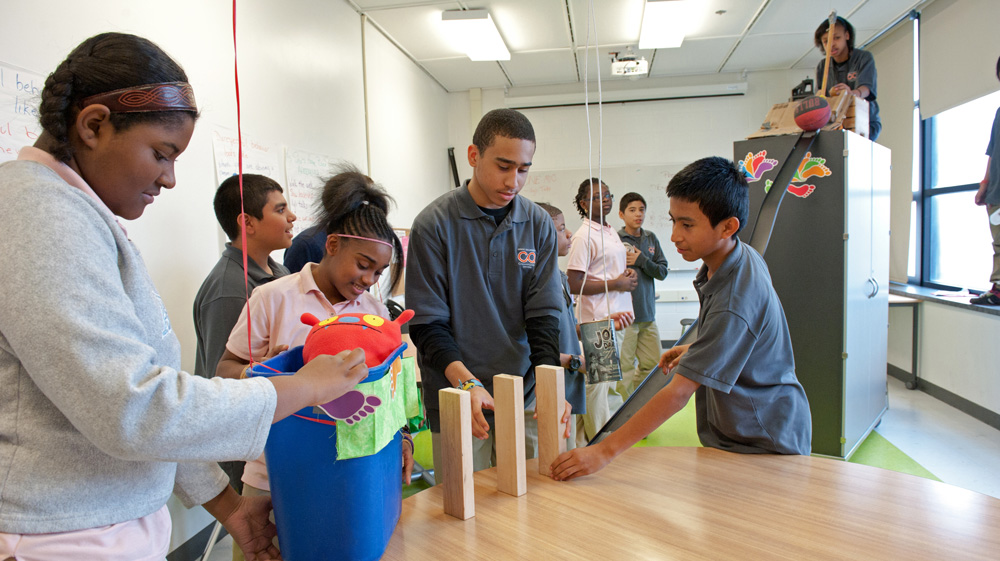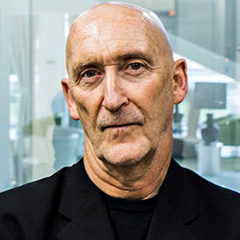MacArthur’s Digital Media and Learning (DML) initiative started in 2005 and focused initially on supporting workshops and projects aimed at exploring how digital media was affecting how young people were learning, the implications of gaming for learning, and to study the creative possibilities enabled by digital media for university learning.
This early work made evident that the most effective learning was not education delivered by teacher experts to passive learners. Rather, effective learning was found to be interest-driven, discovered by messing around, tinkering, and thinkering. It centered on interactive participation between peer learners focusing on learning challenges and figuring things out together.
Recognizing that the overall initial investment of $20 million over five years would have little impact on the structural commitments of formal schooling, funding accordingly was targeted at the supplemental learning sites, those less formally impacting youth learning. These included after-school programs, libraries, science and art museums, and community centers.
Simultaneously, I began to partner with Mimi Ito, who had led much of the influential initial research out of which emerged the framing philosophical commitments to interest-driven, participatory peer learning. The aim was to center the research and administrative functions of the DML Initiative under a single umbrella. The University of California Humanities Research institute, which I direct, would provide the institutional setting and infrastructure for the DML Research Hub.

Chance the Rapper in YouMedia recording studio at Harold Washington Library
The DML Research Hub quickly became a principal organizing center for the DML Initiative. We provided the administrative structure to support key ongoing research, and the coordinating infrastructure for the network of DML projects funded independently by MacArthur. We developed a robust digital presence, including a digital clearing house for relevant research, information, events announcements, and news. An annual international conference was established to showcase ongoing DML work and new developments, building from early participation of 300 people to 1,200. A bi-annual DML Competition was launched, starting nationally and quickly going global. Two major, multi-year research networks were established, one led by Mimi Ito on Connected Learning, the other by Joe Kahne on Youth and Participatory Politics, both with national and international participation.
The DML Hub hosted a small DML leadership group constantly engaged to identify the driving concerns and interests of the Initiative. This brought together the thought leaders in the DML community, whose own work was being supported by MacArthur funding, to scope out together the conceptual framework for digital media and learning, as well as the challenges and commitments of the initiative over time. Key interlocutors included, among others, Nichole Pinkard, who led Chicago’s YouMedia and the development of the hugely successful after-school learning facility at Chicago’s Harold Washington Library; Katie Salen, who developed the Quest2Learn game-based school as part of the New York Public School system; Joe Kahne who was leading a major research project on digital citizenship and participatory youth politics; and Mark Surman, President of the Mozilla Foundation, who headed up the digital badging network; John Palfrey, co-founder of Harvard’s Berkman Center for Internet and Society and now School Head of Phillips Academy; and Elyse Eidman-Aadahl, who directs the National Writing Project. This group defined and elaborated the enduring commitment to a notion of “Connected Learning” and the learning practices it has spawned.

Students at ChicagoQuest focus on STEM courses and are challenged to be problem-solvers, designers, critical-thinkers, and innovators.
Definition, development, and maturation of DML as a field posed numerous challenges. Resource sustainability to support and elaborate any multi-disciplinary field like this always shadows its development and long-term possibilities. Competing visions, interests, conceptual and philosophical tensions, sense of timing, and consensus production necessitates articulation of compelling goals, inclusive organizational structure, and a dose of good will. The politics of educational ecology across multiple local and national jurisdictions requires constant attention and skillful negotiation.
The payoffs, when even moderately successful, are considerable. The establishment of a lasting living, viable, impactful field. The enablement of robust productive learning and development networks reaching into learning ecologies well beyond the bounds of the field. Intellectual, institutional, and political support for the productive and generative work the Initiative spawned. And most importantly, the contribution to creative learning opportunities for a wide range of youth across school, after-school, and higher-education environments.
The work continues.
From 2005 to 2015, MacArthur invested more than $200 million in research, design experiments, and demonstrations to understand how young people are learning with digital media and what the implications are for how learning and designed and supported to ensure more equitable access to opportunities.
Related Content
MacArthur Spins Off Digital Media & Learning Work With $25 Million Seed Investment




